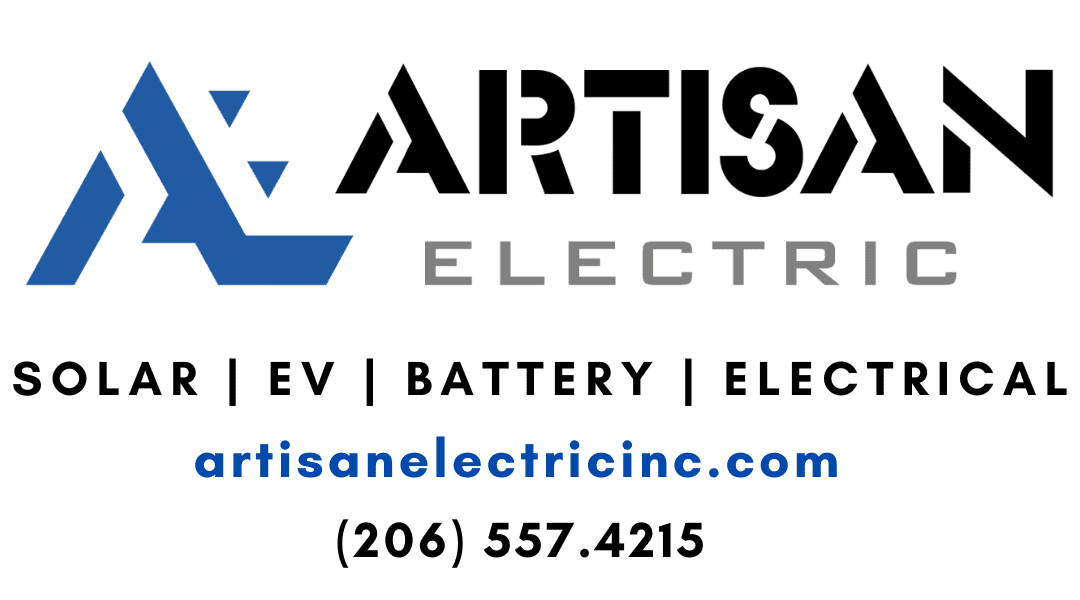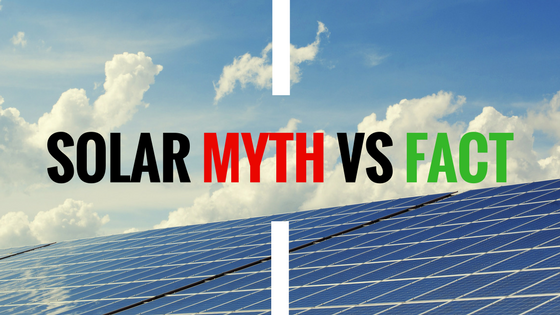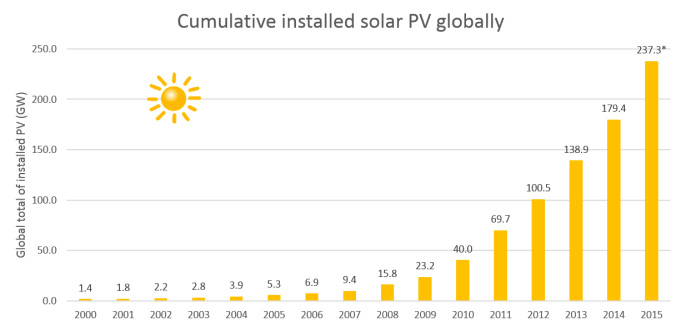Like all energy sources, manufacturing solar PV systems does require energy use. But is it worth what the PV systems will be producing?
Absolutely.
The real myth here is that solar PV systems cannot make up for the initial energy investment. This is incorrect for two reasons:
- Once manufactured, solar produces no emissions
- Solar has a prolific energy payback
How does solar use energy?
The solar manufacturing process involves mining for quartz and copper, converting raw materials into panels, and shipping these materials to different states or countries. All of these steps require fuel and resources, some of which are non-renewable.
However, as solar is gaining traction and overtaking certain fossil fuels, many producers are ensuring that their sourcing and manufacturing practices are sustainable as well. There are also many organizations dedicated to just this, including the Cradle-to-Cradle Products Innovation Institute. And as solar continues to grow, so will sustainable manufacturing practices.
What is Energy Payback?
Energy payback estimates how long a PV system will have to operate and recover the energy- and associated generation of pollution and CO2- that went into making the system in the first place. (NREL)
It’s calculated using a formula that divides Embedded Energy by Annual Energy Generated by the System. (You can find the full formula on page 135 of the Elsevier Journal Renewable and Sustainable Energy Reviews).
How long does it take for solar systems to recuperate the energy used in production?
1-4 years. In 2004, the National Renewable Energy Laboratory published findings that showed the payback period for each type of rooftop PV systems to be 1, 2, 3, and 4 years respectively- based on current materials as well as future predictions. Most solar cells on the market today are made of crystalline silicon. For these, NREL reported a 4-year payback.
A more recent published by the Fraunhofer Institute for Solar Energy Systems in February 2018 calculated that “the Energy Payback Time of PV systems is dependent on the geographical location: PV systems in Northern Europe need around 2.5 years to balance the input energy, while PV systems in the South equal their energy input after 1.5 years and less, depending on the technology installed.” Washington state alone receives around 17% more sunlight than central Europe’s average, so even America’s gloom belt will experience a faster energy payback than the above data.
Keep in mind that “producing electricity with photovoltaics (PV) emits no pollution, produces no greenhouse gases, and uses no finite fossil fuel resources.” (NREL)
How Does that Compare to the Lifespan of a Solar System?
The average lifespan of a solar PV system is around 40 years. That’s 38 years’ worth of clean energy that the solar system is producing after making up for the energy required to manufacture it.
And as a whole, the solar industry has already paid off its carbon debts.
Robinson Meyer of The Atlantic dubbed the solar industry “carbon-neutral, if not carbon negative” declaring that the solar industry had likely paid off all its “emission debts” back in 2011. He stated that “under all but the most pessimistic scenarios, the solar industry has prevented more greenhouse gas emissions that it has caused” and attributes this to a variety of factors.
“Once the solar industry becomes net carbon-negative,” Meyer says, “it will stay that way, as solar-panel manufacturing has gotten cheaper, cleaner, and more energy-efficient over time. And, of course, the carbon footprint of the solar industry is much, much smaller than that of the oil or gas business.”


